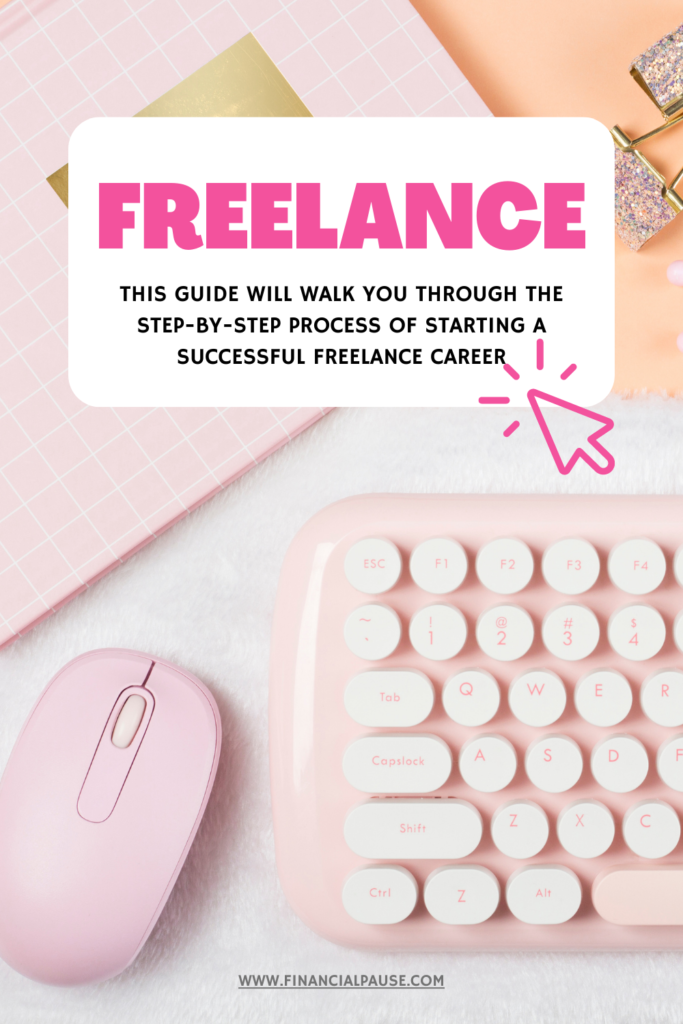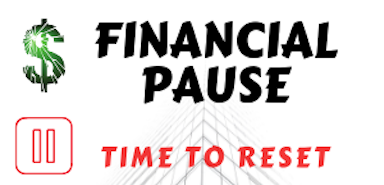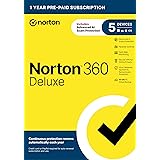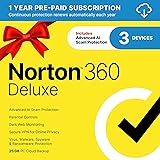In today’s digital age, the freelance market has exploded, offering individuals the opportunity to leverage their skills and talents to earn a living on their own terms. Online platforms like Fiverr and Upwork have become go-to destinations for both seasoned professionals and beginners to kickstart their freelance careers. This guide will walk you through the step-by-step process of starting a successful freelance career on these platforms, providing you with actionable insights and tips to stand out in a competitive marketplace.

Understanding the Freelance Landscape
Before you dive in, it’s important to understand the freelance landscape. Freelancing involves working on a project basis for multiple clients instead of being employed by a single company. This model offers flexibility, but it also requires self-discipline and effective time management.
Choosing Your Niche and Services
Step 1: Assess Your Skills and Passions
Begin by listing down your skills, experiences, and passions. Identify areas where you excel and enjoy working. This will help you choose a niche that aligns with your expertise and interests.
Step 2: Market Research
Research the demand for services within your chosen niche on platforms like Fiverr and Upwork. Analyze the competition, pricing, and the types of services that clients are seeking.
Step 3: Define Your Services
Narrow down your services to a few specific offerings. Clear and concise service descriptions will help you attract the right clients.
Setting Up Your Profile
Step 1: Creating a Strong Profile
Craft a compelling profile that highlights your skills, experiences and the value you bring to clients. Use a professional photo and write a concise and engaging bio.
Step 2: Portfolio Showcase
Create a portfolio showcasing your best work. If you’re just starting, you can include personal projects or samples relevant to your niche.
Step 3: Define Your Pricing Structure
Decide whether you’ll charge per hour or per project. Research similar freelancers’ rates and set competitive yet reasonable prices.
Crafting Winning Proposals
Step 1: Personalize Each Proposal
Avoid generic proposals. Tailor each one to the specific project and client’s needs. Address the client’s pain points and explain how you can provide solutions.
Step 2: Showcase Your Expertise
Mention relevant experience and provide links to your portfolio. This builds credibility and demonstrates your ability to handle the project.
Step 3: Clear Communication
Use clear and concise language in your proposals. Answer any questions the client might have and request additional details if needed.

Building Client Relationships
Step 1: Deliver Quality
Work Consistently delivering high-quality work is key to building a strong reputation. Exceed client expectations whenever possible.
Step 2: Communication and Updates
Maintain open communication throughout the project. Update clients on your progress and address any concerns promptly.
Step 3: Handling Feedback
Be open to constructive feedback and use it to improve your services. A positive attitude towards feedback can lead to long-lasting client relationships.
Managing Your Workflow
Step 1: Organize Your Schedule
Set clear work hours and allocate time for different tasks like client work, proposals, and skill improvement.
Step 2: Using Tools and Apps
Utilize productivity tools like project management apps, time trackers, and communication platforms to streamline your workflow.
Scaling Your Freelance Business
Step 1: Building a Reputation
As you complete projects successfully, you’ll earn positive reviews. These reviews act as testimonials and help attract more clients.
Step 2: Expanding Your Services
Once you’ve established a solid foundation, consider adding complementary services to cater to a broader client base.
Step 3: Increasing Your Rates
Over time, as you gain experience and build a strong portfolio, you can raise your rates to reflect your expertise.
Staying Updated and Adapting
Step 1: Continuous Learning
The freelance landscape is constantly evolving. Stay updated on industry trends and update your skills to remain competitive.
Step 2: Adapting to Changes
Be prepared to adapt to changes in client demands, platform policies, and technology advancements.
Starting a freelance career on platforms like Fiverr and Upwork can be an incredibly rewarding endeavor. It offers the flexibility to work on projects you’re passionate about while enjoying the benefits of a thriving online marketplace. By following the step-by-step guide outlined above, you’ll be equipped with the knowledge and strategies needed to navigate these platforms successfully and build a flourishing freelance career. Remember, consistency, dedication, and a commitment to delivering value will set you apart and contribute to your long-term success.











